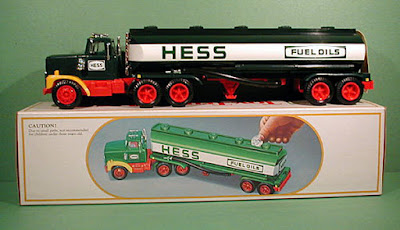 QUESTION: When I was a kid, I collected flicker rings. I loved the way they produced a flickering image of my favorite super heroes. Trading them with friends became a passion. I forgot about them until I saw a story online about them and did a search on eBay to see if I could find any. Low and behold I discovered some of the ones I had collected as a kid. Heaven knows what happened to them. I’m thinking about collecting them again but don’t know anything about them. Can you tell me how they originated and a little about how they were made?
QUESTION: When I was a kid, I collected flicker rings. I loved the way they produced a flickering image of my favorite super heroes. Trading them with friends became a passion. I forgot about them until I saw a story online about them and did a search on eBay to see if I could find any. Low and behold I discovered some of the ones I had collected as a kid. Heaven knows what happened to them. I’m thinking about collecting them again but don’t know anything about them. Can you tell me how they originated and a little about how they were made?
ANSWER: No problem. There are many little promotion items like flicker rings out there that make wonderful collectibles today.
A flicker ring has a clear, ribbed lenticular plastic lens over a specially created image underneath. When viewed at different angles, it optically switches between two or more separate images.
 Though invented in the 1950s, it wasn't until the 1960s that flicker rings reached their peak of popularity. Made by the millions, these small plastic pop cultural icons appeared as cereal premiums, were sold in vending machines, hung on display cards at drugstores and supermarkets, and could be found by the box full on counter tops at variety stores across the country.
Though invented in the 1950s, it wasn't until the 1960s that flicker rings reached their peak of popularity. Made by the millions, these small plastic pop cultural icons appeared as cereal premiums, were sold in vending machines, hung on display cards at drugstores and supermarkets, and could be found by the box full on counter tops at variety stores across the country.
The Vari-Vue Corporation perfected the dual image camera that took two separate images and split them into hundreds of fine lines. Then workers applied hundreds of images to a sheet of plastic which had been rolled out by a machine that left lenticular lines, allowing the individual photos to be viewed by slightly tilting the sheet. Unlike the later holographic process, which used laser technology and produced an image with three-dimensional qualities, the flicker consisted of two distinct images. Finally, workers cut the sheets and applied the flickers to a ring base which was usually made of plastic in Japan or Hong Kong. Some of the more desirable rings had metal bases or were larger, and some resembled a tiny T.V. set. Vari-Vue often contracted out piece work to local families, who would take thousands of flicker pictures and ring bases home and attach them.
Since there are two pictures on flickers, it's quite common to have linked images. Often one image is split into a positive and negative form, like the Famous Monsters and Universal Studios Monsters sets. Characters who didn't have a strong tie to a partner appeared in two poses, such as Superman standing and Superman flying with cape out-spread. And then there are the type that show animation such as the Roadrunner with legs in motion. Rings showing pop culture icons of the 1960s are the most sought after by collectors.
 Collectors also seek the multi-image sheets used to make the rings. When Vari-Vue shut its doors in the mid-1980s, much of its stock of uncut sheets made its way into the hands of collectors and dealers. These sheets aren’t all that rare and can be found at toy and collectibles shows.
Collectors also seek the multi-image sheets used to make the rings. When Vari-Vue shut its doors in the mid-1980s, much of its stock of uncut sheets made its way into the hands of collectors and dealers. These sheets aren’t all that rare and can be found at toy and collectibles shows.
One of the rarest and earliest rings on the market is the Howdy Doody version from the early 1950s. This ring, along with a set of five premium rings offered by Famous Monsters Magazine in 1968 are two of the most collectible of flicker rings.
 Rock 'n' roll, too, came of age in the 1960s, with the Beatles and the Monkees topping the list of flicker rings. The 1964 World's Fair, the Space Program, television shows, movie characters, political campaigns, and even products, all made their way onto flicker rings.
Rock 'n' roll, too, came of age in the 1960s, with the Beatles and the Monkees topping the list of flicker rings. The 1964 World's Fair, the Space Program, television shows, movie characters, political campaigns, and even products, all made their way onto flicker rings.
Along with rings, flickers appeared on pins, earrings, keychains, cufflinks, rulers, in books, ads in magazines, promotional premiums, and on business cards. In fact, the cardboard cards on which displayed the rings are now more valuable than the rings themselves. Usually a dealer threw away these header cards once he or she sold the stock, which is the reason for their scarcity.
To read more articles on antiques, please visit the Antiques Articles section of my Web site. And to stay up to the minute on antiques and collectibles, please join the over 30,000 readers by following my free online magazine, #TheAntiquesAlmanac. Learn more about the Retro style in the Fall 2020 Edition, online now. And to read daily posts about unique objects from the past and their histories, like the #Antiques and More Collection on Facebook.





















